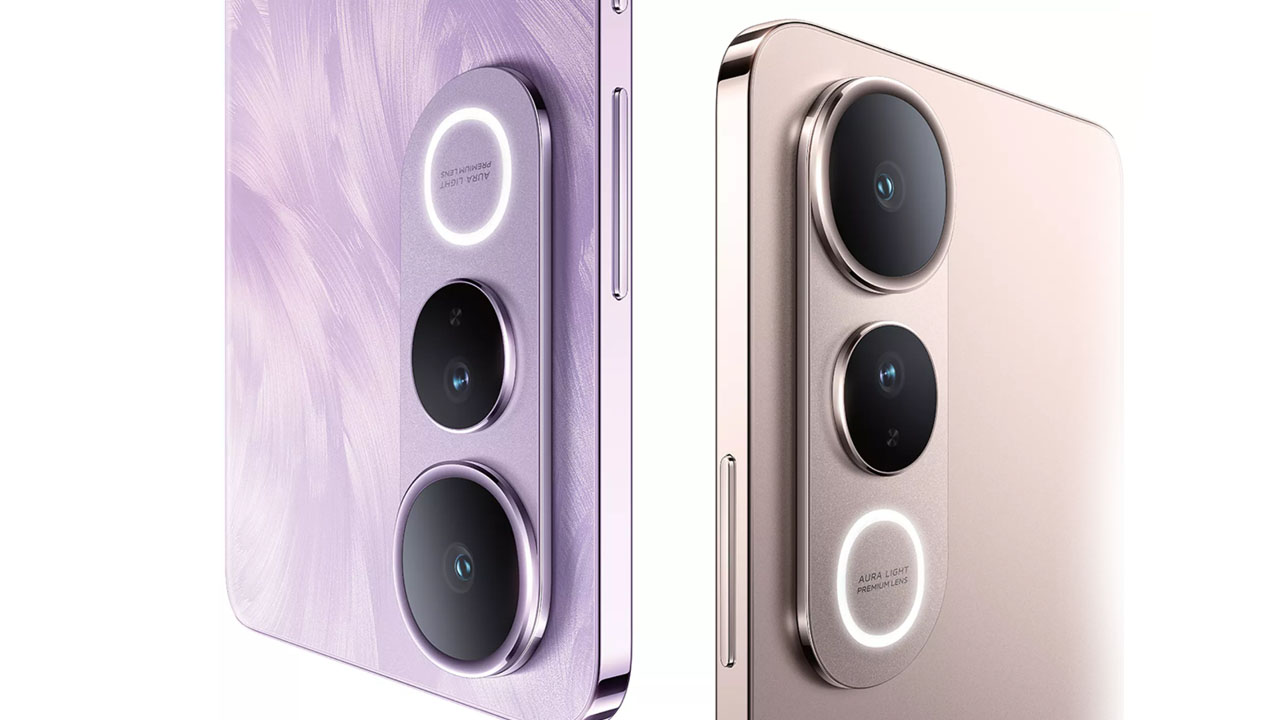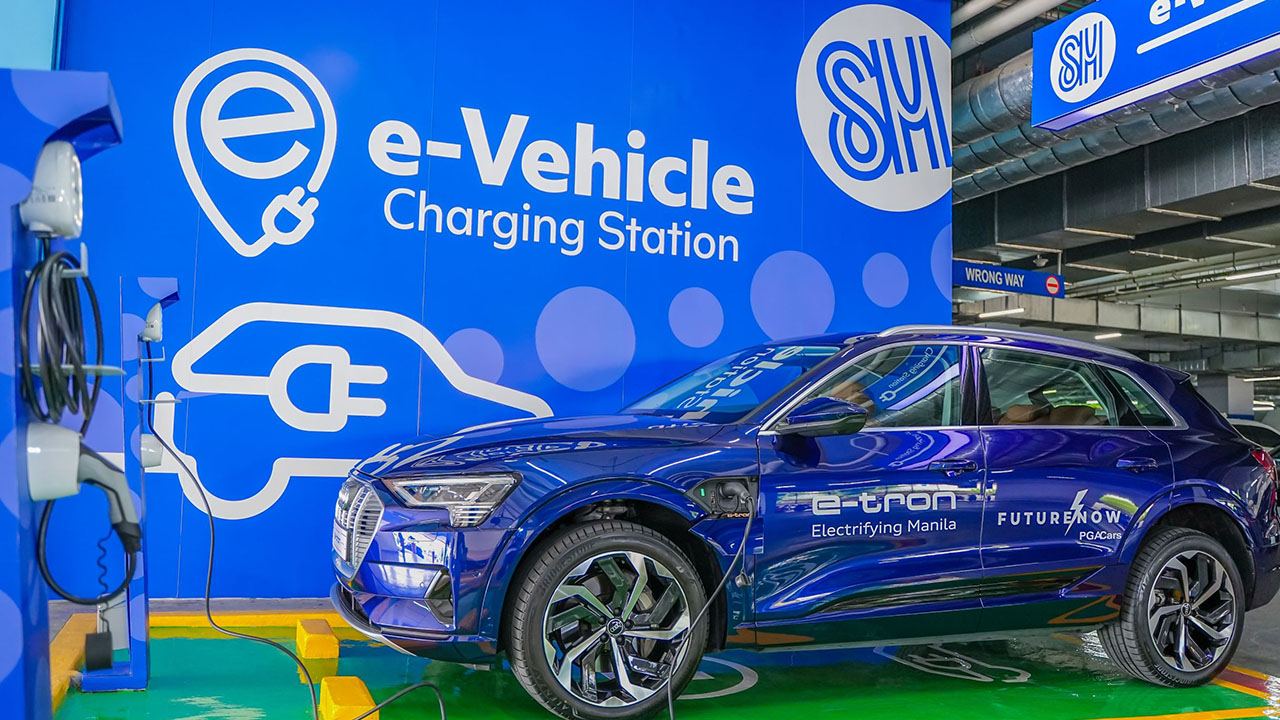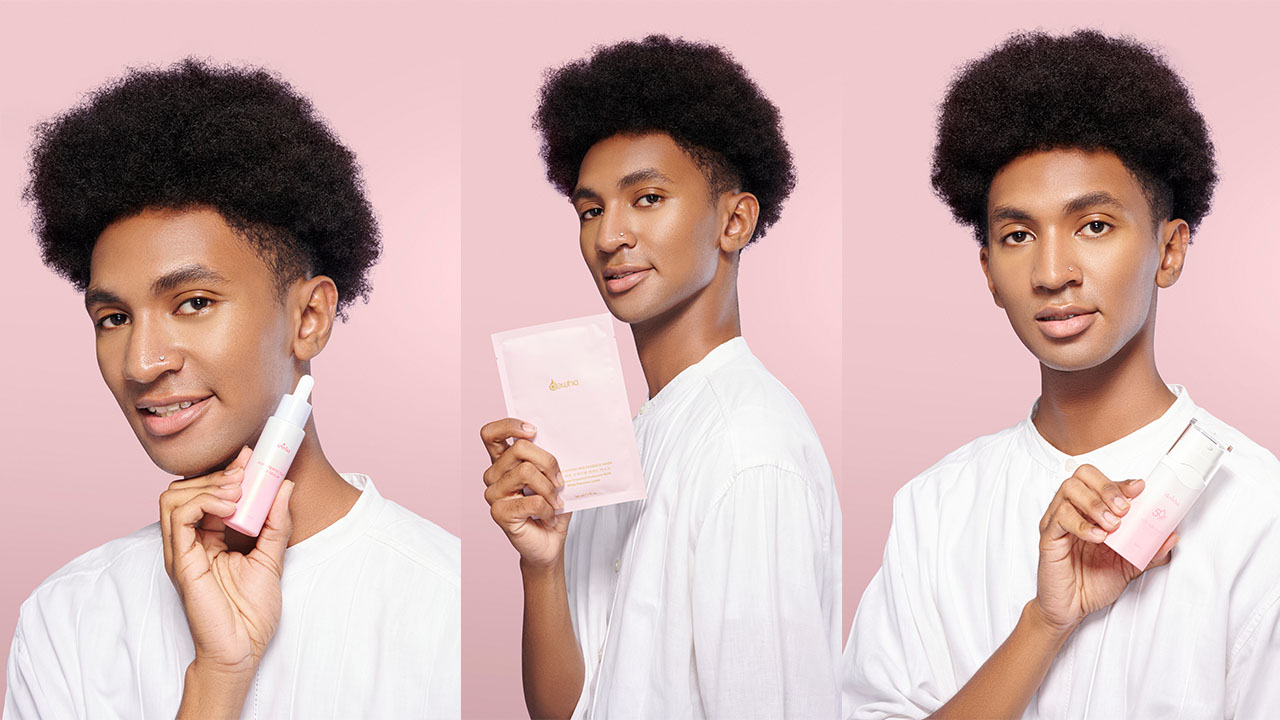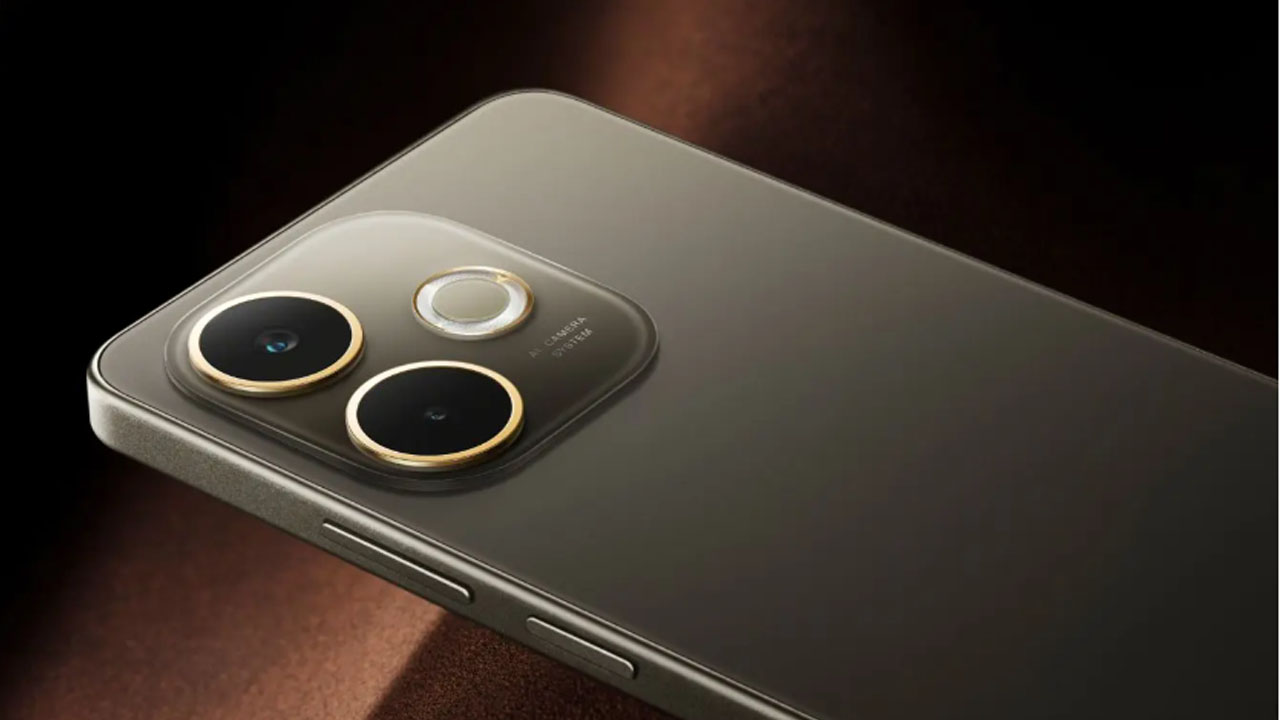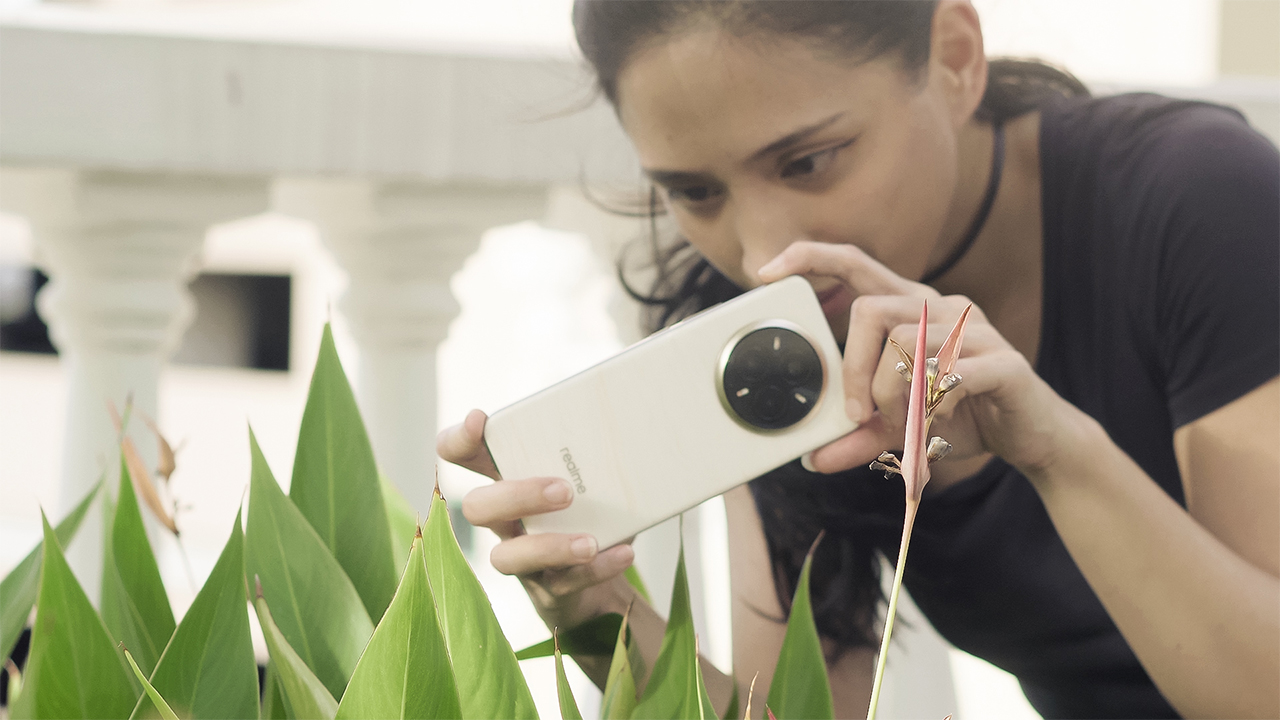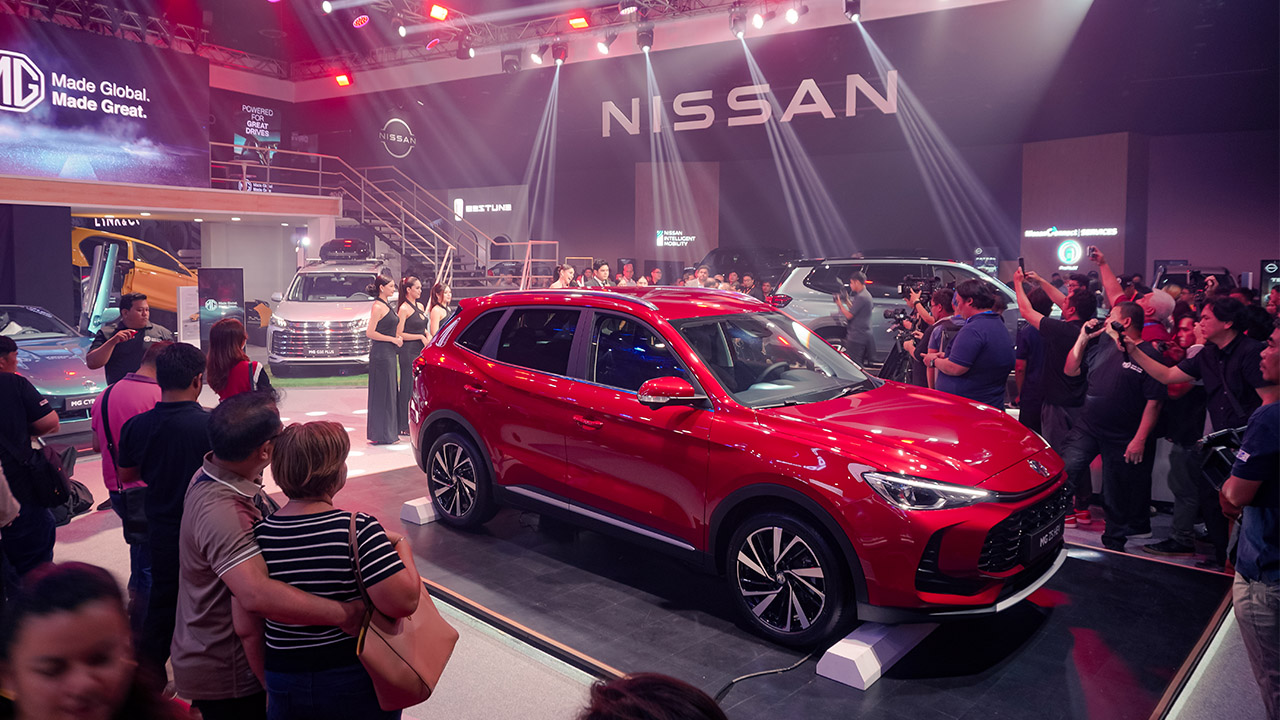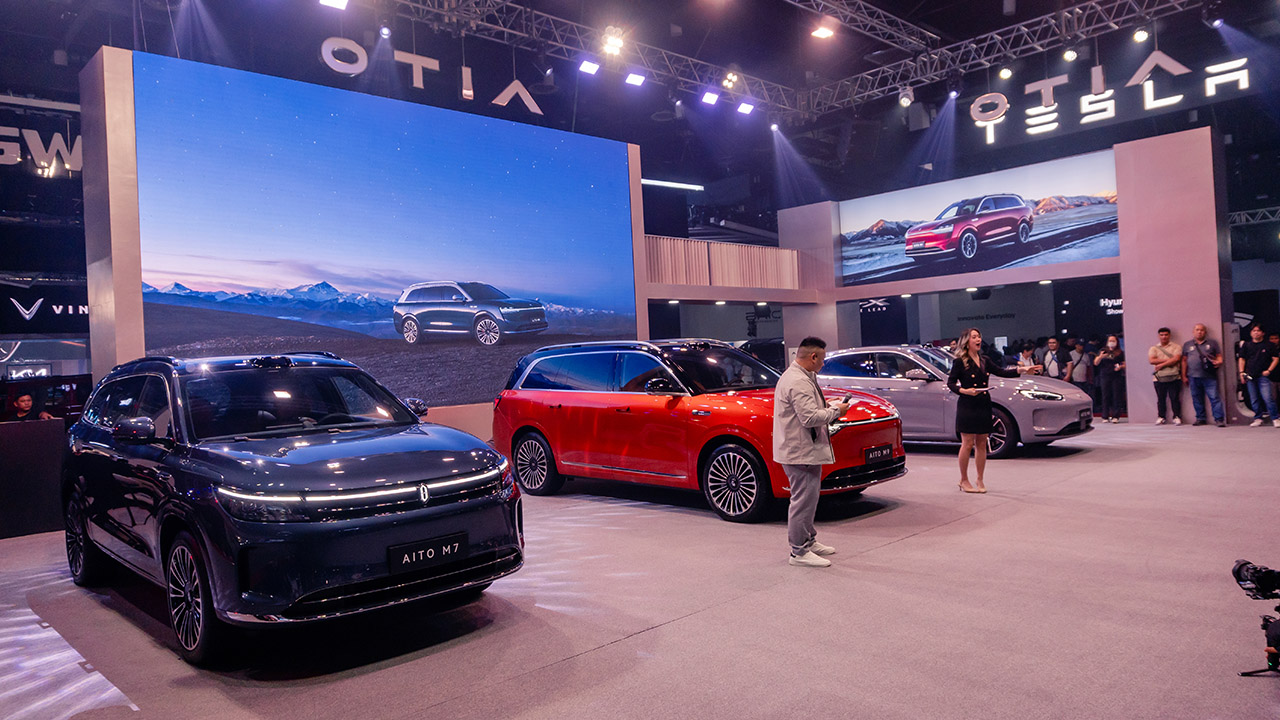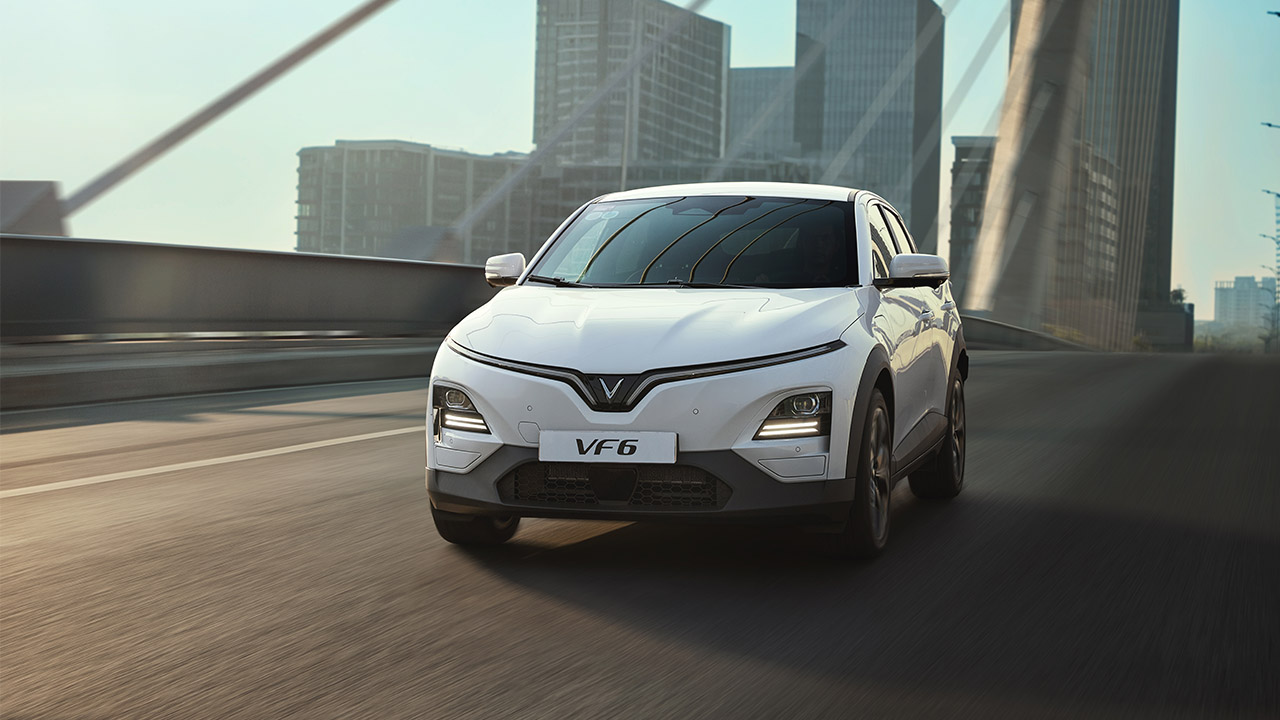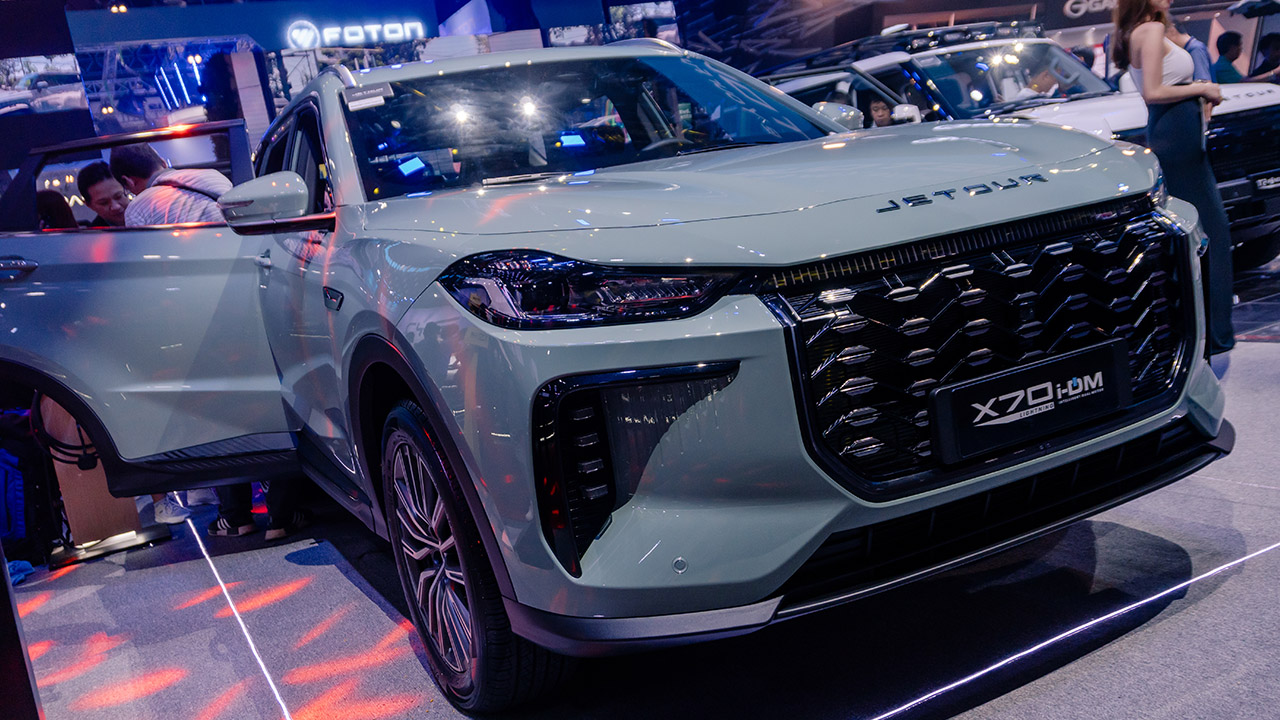
This is how I would describe the new ASUS Vivobook Pro 14 OLED (M3401) – a sleeper laptop. It comes in this sort of ordinary-looking chassis but inside its shell are powerful internals that can handle most tasks whether you’re a businessman on the way to your next meeting or a creative that’s on the move looking for inspiration.
Design
We’ve already covered the physique and design of this laptop in our first impressions article but let’s quickly go over it again if you’re just seeing this for the first time.

The Vivobook line and the Zenbook series share similarities at least in terms of its physical looks. The Vivobook comes in a design that is subtle and doesn’t really attract much attention than, say, an ROG Zephyrus model.

Although not as thin as the Zenbook lineup, this laptop comes with a sleek profile that’s solidly built and can withstand daily beatings of working remotely and putting it in and out of a bag.

It has a simple and straightforward design and the lid comes with only this embossed area for the series name emblazoned in chrome.
As I mentioned before, I like it in its Quiet Blue color for that stealthy approach and it doesn’t demand attention when you’re outside. For a more sophisticated look, you can go for the Cool Silver option.

Moving on to its display, let’s take a closer look at what frames the screen. It comes with bezels that are not that thick, but not that slim either. But what will get your attention is this HD webcam right here that comes with its own privacy shutter.

If you’re the kind who gets a bit paranoid as to whether or not you turned off your video during a conference call, this little feature can give you peace of mind. As long as you see an orange dot above your screen, you’re sure no one can see what you’re doing even if you’re in the middle of a call – just remember to mute your mic as well.

With the relaxation of some rules regarding the pandemic, I’ve been attending meetings and even launches physically, and having the Vivobook Pro 14 OLED with me makes squeezing in some work in between a lot easier.

Its lightweight form factor comes with no fuss about setting up and packing from one spot to another. Plus, having a complete array of ports from a standard HDMI, microSD reader audio jack, USB Type-C, and a total of three USB Type-A ports further allow you to make your mobile workstation more efficient.

Moving on, I actually prefer wider space for the keyboard, but although it’s not as wide as I’ve been used to with my personal Zenbook 13, there wasn’t any major difference with how I type.
I could type as fast and in fact, I feel like I could type even faster on the Vivobook. The point being: transitioning from a wider keyboard to a more compact layout didn’t bring any issues – which is good news for those whose work involves a lot of typing.

Plus, its recessed Power key acts as a fingerprint scanner so you could enroll your biometrics and add a layer of security. Unfortunately, that’s as much security you can use as the laptop doesn’t outright support Windows Hello for facial recognition.
In terms of design, I like the minimal white highlight found on the Enter key as it gives a nice accent and nicely breaks the monotonous flavor of the laptop’s chassis.

Its touchpad is also nice to work on if you don’t have your mouse with you. It feels really smooth – even smoother to glide your fingers on when compared with ASUS’s other models.
But just like other ASUS laptops, it comes with its own magic touch that transforms the touchpad into a digital Number Pad. I’m not the kind who crunches numbers all day, but I would imagine this feature being of great help for those who do.
Display and Multimedia
For the display itself, its OLED panel is a treat to the eyes whether I’m watching random videos online or streaming TV shows and movies. The laptop comes with 100% DCI-P3 color gamut and a PANTONE validated display which together translate to producing lifelike colors and accurate hues.

These are things we’re looking for when we share content with other people and most especially when it comes to pitching ideas or previewing videos we made.
As the ones who are presenting, it’s important that viewers will see colors that we intend them to see. And having a 100% DCI-P3 color gamut with PANTONE validation is exactly how we can achieve that.

Additionally, we’re no strangers to consuming content on an OLED screen so I felt at home seeing the warmer and realistic tint of skin tones, the true blacks it delivers, and the lively colors that fill your eyes with its vibrance.
Plus, probably one of the things I appreciate the most is its contrast ratio that, for me, makes a whole lot of difference especially when compared to viewing on an LCD display. It just has that separation of light and dark that’s easier on the eyes and easily achieved by OLED.

Its 14-inch screen size is also a welcome change from the 13-inch panels that notebooks commonly have. With its 16:10 aspect ratio, I was not that used to it at first, but eventually found out how it provides more screen real estate for when I have multiple windows active on my browser, for example, or even when I’m editing videos.
Now for audio performance, the built-in speakers are surprisingly loud with minimal distortion at max volume. It’s enough even when sharing videos and music with a group and is also clear for casual movie watching.

But as I mentioned many times before, I like being immersed when I watch movies or TV series so I usually hook things up to our speakers for a more solid audio experience with a dedicated subwoofer. You can do that here with this laptop simply by using its Bluetooth and connecting wirelessly to other speakers.
Performance
Inside, our Vivobook Pro 14 OLED comes with an AMD Ryzen 9 5900HX CPU with an NVIDIA GeForce RTX 3050 graphics. There’s an option to go for lower-tier AMD processors and integrated graphics but this is the top configuration you can get.

Meanwhile, it comes with either 8GB or 16GB RAM and up to 1TB of SSD storage, but the 16GB/512GB variant is what we have here. Again, it looks unassuming when you bring it out due to its more professional look, but under the hood are internals that can take on most of the processes you throw at it.
And to help provide that performance, one of its unique features is that it’s equipped with dual fans for more effective cooling. With them, ASUS promises up to 50W CPU performance for heavy users.

Now, I don’t have a way to show that 50W improvement for its CPU performance, but I know that with the tasks I do on most laptops – mostly video editing and motion graphics – they usually get hot or warm in certain areas.
For this laptop, though, it was able to keep its cool whether I’m editing videos with heavy graphics or just playing games. It does get a little bit warm on the upper part but nothing too noticeable and your hands don’t even go up there so it’s possible that you don’t even feel it.

And just a quick one – speaking of editing videos – purchasing the Vivobook Pro 14 OLED makes you eligible for a three-month subscription to Adobe Creative Cloud and it gives you access to software like Adobe Premiere Pro, Adobe Photoshop, After Effects, and more to further help with your content creation journey.

The Vivobook Pro 14 OLED also boasts fast WiFi 6 connectivity which is able to establish a more reliable internet connection. This became especially helpful to us when we’re out and we need to attend important video calls so consistent connectivity is of utmost importance. Or when we need to upload large files and videos, its stability is what we were banking on and it didn’t fail us.
Battery
Its battery is rated at 63WHrs which should be enough for a few hours of heavy usage before needing to plug it again. And during our time, that was exactly the case. The battery only lasts for around 4-5 hours of continuous usage. If I were editing videos or playing games, those few hours could even be cut to around 3 hours or so – depending on how heavy the tasks I’m doing.

This is why I found myself always plugged into its charger. And if I need to be moving around with no power outlets available, I just make sure that I leave the house with a full battery and that usually does it for me.

Although the battery can get drained fast, I was never caught with a dying battery while working – just as long as you know how to optimize your laptop usage.
On the other hand, charging is pretty fast and usually takes around an hour or so to fully charge the laptop.
Creature Feature

As always in our reviews, The Modern Creatures aims to find special features in devices that make them worth having – their Creature Feature. And for the ASUS Vivobook Pro 14 OLED, it would have to be its powerful tandem of processor and graphics card.
As I mentioned, this is a sleeper laptop that looks very normal and not flashy at all. But it’s capable of rendering heavy graphics for both video editing and games while literally keeping its cool.
Price and final thoughts

The ASUS Vivobook Pro 14 OLED starts at PhP 47,995 for the base model but the configuration with us is priced at PhP 74,995 and includes the three-month subscription to Adobe Creative Cloud mentioned earlier. Check here for the complete list of authorized stores.
And with its unassuming exterior, its subtle design highlights, OLED display, and very capable internals, it’s a work and leisure laptop that I would definitely bring with me both on nearby trips or out of town travels.

